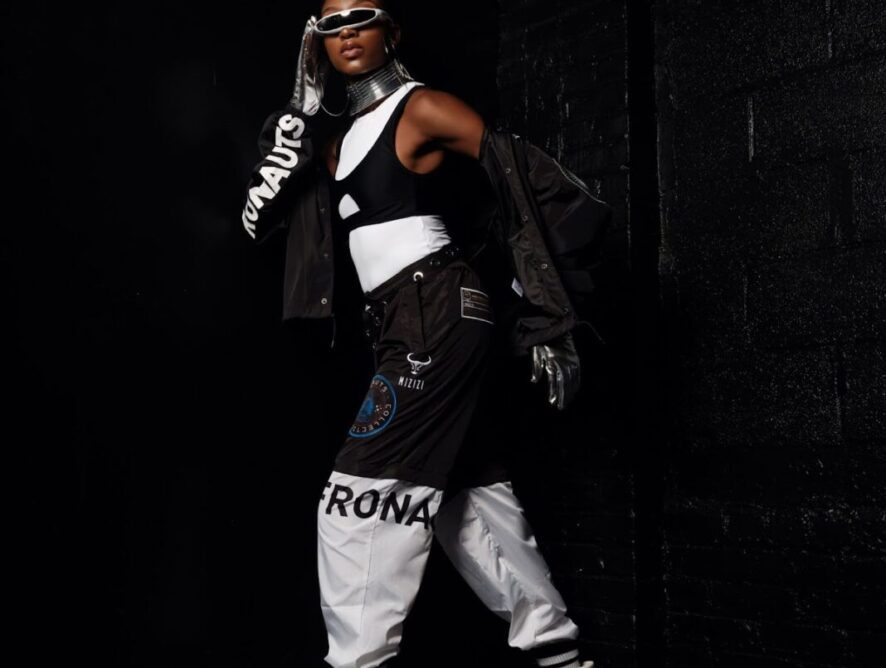Space technology and exploration have had visible effects on various industries, including agriculture, energy, banking, education, health, and aviation, to mention a few. The fashion industry has not been left out of the creativity and business opportunities that space presents. From fashion design to material engineering, the possibilities are vast.
After human space travel became a reality, space fashion made its way into haute couture. Paco Rabanne, André Courrèges and Pierre Cardin, amongst others, pioneered space fashion in the 60s, drawing inspiration from the stiff space race amongst world powers. Whether it was a chain-mail dress, a bulbous helmet, shimmery vinyl dresses and organza or a pair of stark white boots, space-inspired fashion was a creative outlet that showed the first opportunities.
In the modern world, like the first time mankind took on space exploration, the opportunities to bridge the gap between space and many other industries are still possible, with many unmet needs. For example, in space exploration, fashion design has not only been heavy on using the safest, most comfortable and appropriate materials to build space suits, fusing aesthetics with functionality, but also drawing inspiration from space to create regular and themed outfits for various audiences. Many people are intrigued and excited by the potential and prospects that outer space means for the Earth and human beings, and it has led to a fast fashion and an identity for space geeks who want to wear what they are.
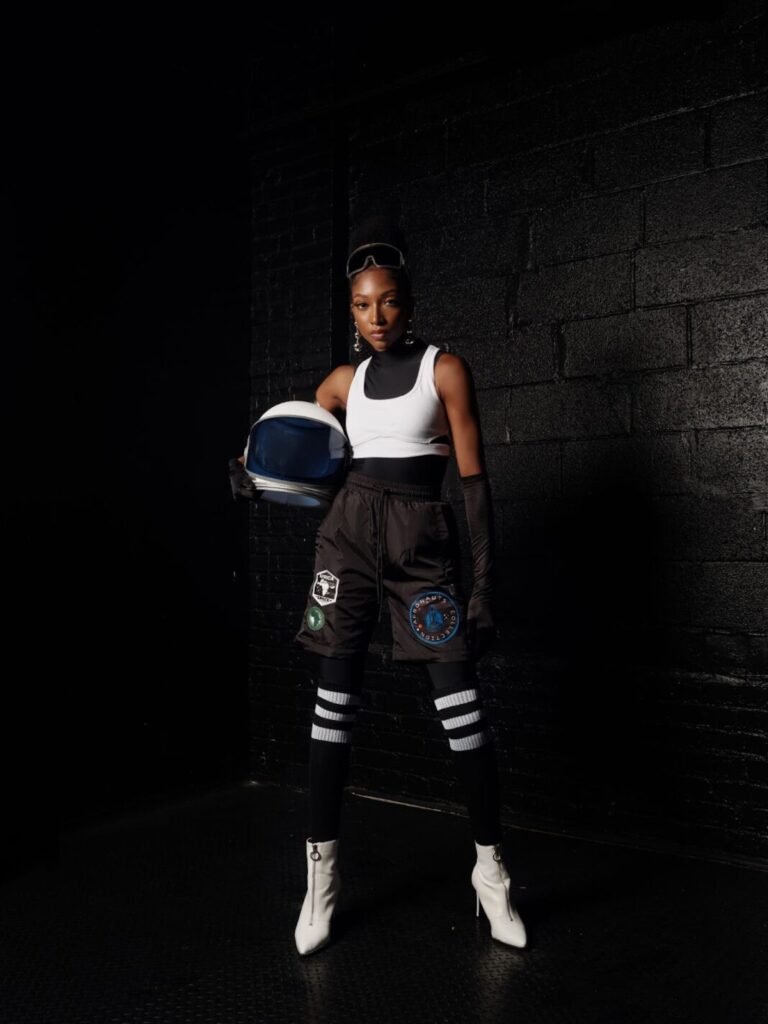
Modern-day space fashion
As human space travel and space tourism become a reality in the contemporary world, space will be a source of inspiration for the fashion industry and a genuine branding opportunity. According to Nicholas de Monchaux, author of Spacesuit: Fashioning Apollo, “public access to space is just beginning, and so this notion of dressing for space that was so often science fiction is going to become a reality.” As a result, central creative ideas in space fashion now include new colours, materials, styling, patterns and technologies.
In addition, competition and interest in the space industry have driven the need to build new identities for brands, individuals and interest groups, which is what fashion does. Thus, the opportunities and demand for the fashion industry in space can only increase as time goes on. Several designers are now creating original designs for innovative and unique fashion items and accessories. For example, at the Paris Fashion Week Womenswear in 2017, Chanel’s winter ready-to-wear collection was made up of “Jetsons”- inspired outfits with glitter knee-high go-go boots and double-breasted bouclé skirt suits, glittery black-toed moon boots, translucent astronaut prints, metallic trench coats, quilted foil capes and several sequinned gowns mimicking the starriest of skies. Over the years, other high-fashion brands and designers like Balmain, Gucci, Iris van Harpen, Rei Kawakubo and Commes des Garçons have exhibited many space-inspired collections and designs.
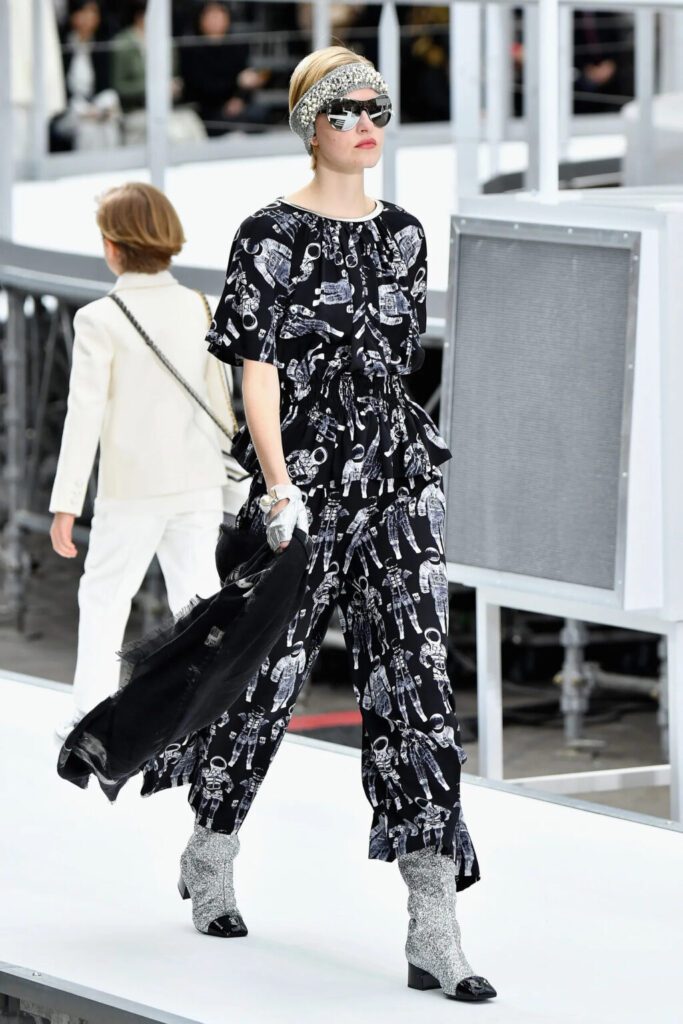
Furthermore, Coach, an accessories brand, unveiled a limited edition capsule collection of NASA-themed pieces, including handbags, purses and sweatshirts, in 2017; they called it Coach-Space. According to the creative director at the time, Stuart Vevers, the design idea was inspired by space’s boundless possibilities. In addition, they considered the space references they employed as a symbol of the ultimate American optimism and togetherness.
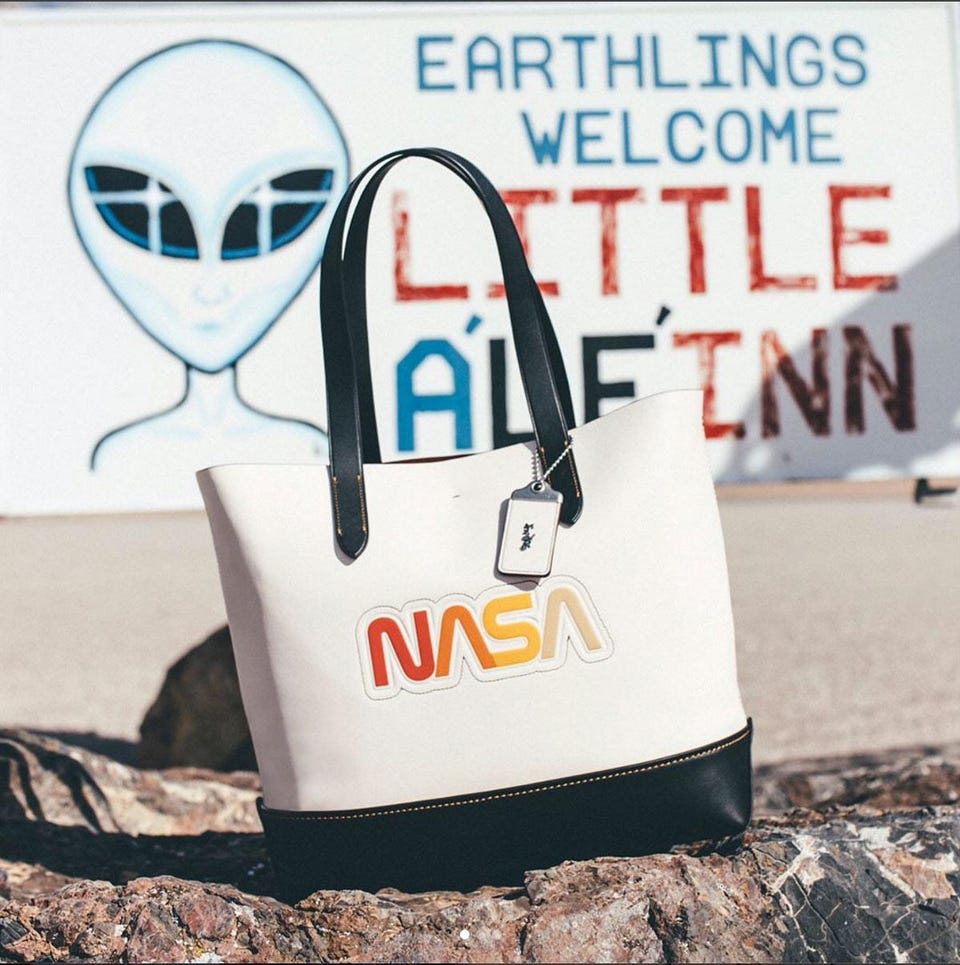
African artists in space fashion
Although Africa has not yet done any space exploration projects, African fashion designers have already set their sights on the new frontier, space. Virtual designers like Nigerian Aisha Oladimeji have launched and showcased collections of space-age-themed designs, revealing a mix of haute couture, innovation and texture in her work.
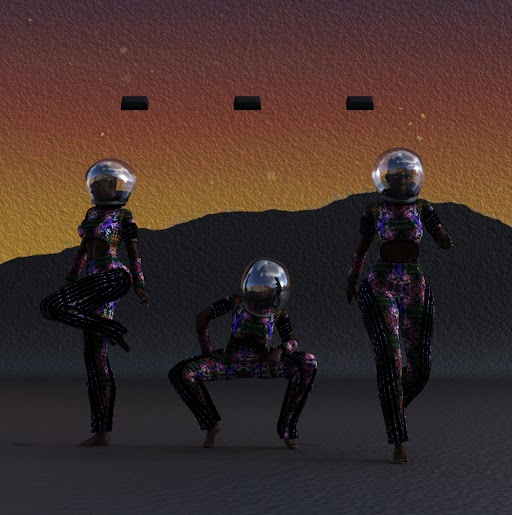
In addition, MIZIZI, a US-based sportswear line led by Ghanaian Paakow Esandoh, recently launched its Afronauts collection, a fusion of space, fashion, and futurism. The collection pays homage to the late Edward Nkloso’s dream of having Zambia become the first nation to send an African astronaut to the moon. The Afronauts collection showcases a line of innovative, uniquely crafted spacesuits and accessories created with specially designed fabrics.
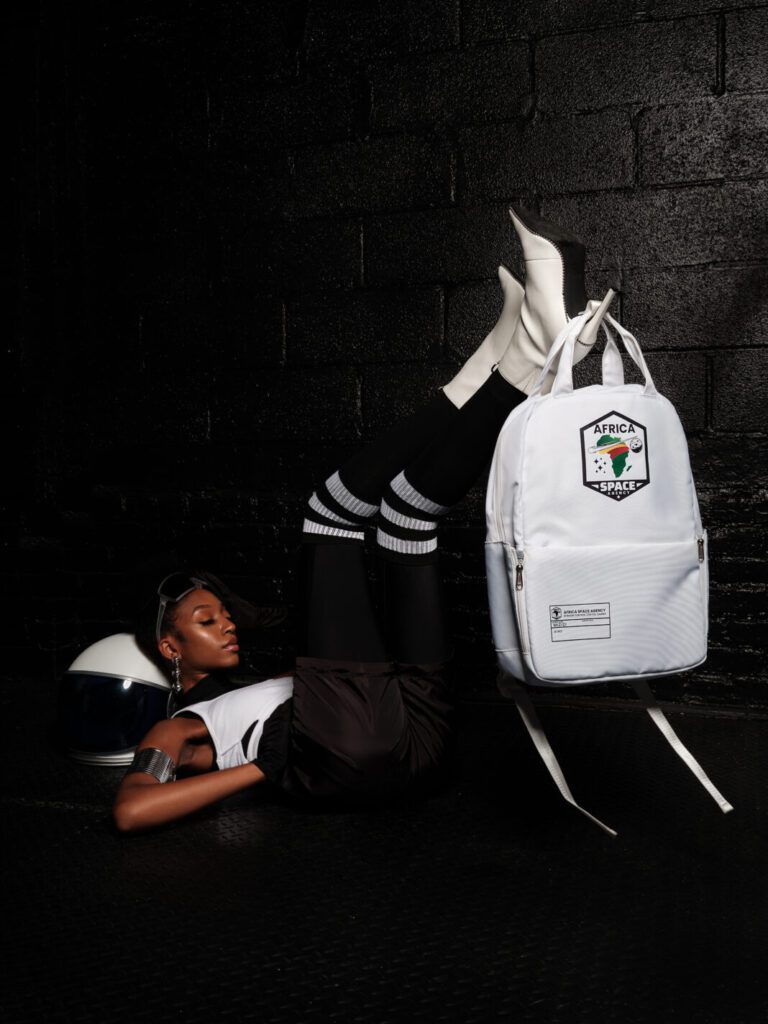
The project was developed and showcased at the black fashion acceleration programme hosted by Shopify and Afropunk. Through it, MIZIZI hoped to inspire and propagate hope for the African space exploration dream. The design team took a lot of inspiration from the 60s space race and 80s urban culture to create something simultaneously vintage and futuristic to set the Afronaut collection apart from conventional spacesuit designs and other designers in the accelerator programme. According to Paakow Esandoh, founder of MIZIZI, “We want to provoke thought, encourage interest in the African space industry and inspire those who may not have thought about space to get involved. It was a way to see where we could fit in and how to promote Africa as a continent, its space ecosystem, development and aspirations.” The Afronauts collection, available on MIZIZI, features items ranging from vacuum-sealed carry-ons to MIZIZI’s take on what a modern-day Afronauts space suit would look like.
Fashion is a way of life for the human race, a symbol of identity, and outer space still captures the imagination of fashion. Consequently, fashion in the space industry will become more mainstream, and this revolution has already begun.
SOURCE: Africanews.space

